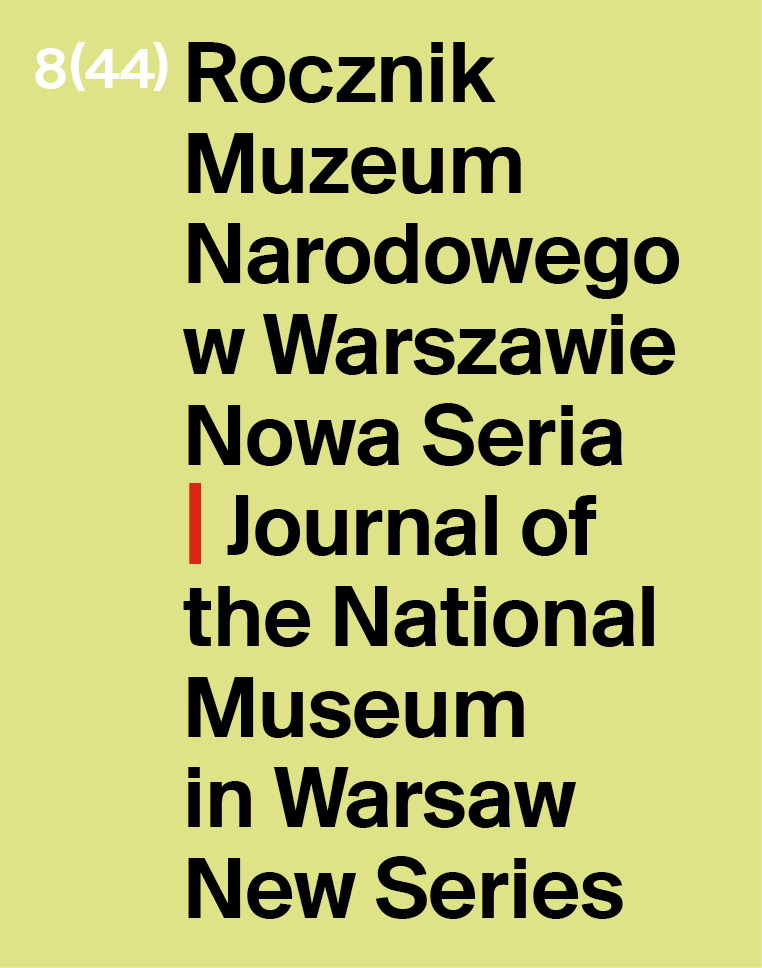Abstract
Polish thaw and the “small stabilization” era brought a change in the official stance on consumption and private life in Poland. After the Stalinist period, when private life and citizens’ individual needs were subordinated to the tasks of post-war reconstruction, building socialism, and development of the heavy industry, in the mid-1950s the fulfilment of individual needs was permitted again. As a result, the home and interior design became the subject of renewed interest from the mass media, experts, and artists. The paper is devoted to reflection on expert discourses related to interior design. In keeping with Grace Lees-Maffei’s paradigm of consumption in design history, the author analyses the various media that mediated between producers and consumers: the popular and trade press, “how-to” books, exhibitions, or films. Based on an analysis of source materials, she concludes that there was a class-related and normative dimension to how the home-décor tastes of the citizens of People’s Poland were shaped.

This work is licensed under a Creative Commons Attribution 4.0 International License.
Copyright (c) 2019 Agata Szydłowska (Autor)


